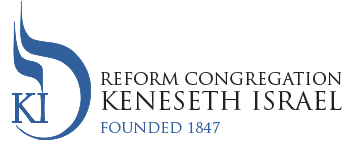PILSEN (Czech Plzeň), is a city in W. Bohemia, Czech Republic; its Jewish community was one of the earliest in Bohemia. The first documentary record is a decree of 1338, signed by Charles IV, in which the city's administrators were ordered, under penalty, to protect the Jews from molestation. In 1432 the Jewish community bought a plot from the city to be used as a cemetery. It also had a synagogue. Many transactions between Jews and Christians appear on the city records of the 15th century. From the 15th through the late 19th centuries the fortunes of the Pilzen Jews waxed and waned. in 1854 there were 249 Jews in the town. A Jewish cemetery was consecrated in 1856 and a synagogue in 1859. In 1870 the community numbered 1,207.
At the beginning of the 20th century the community was among the five largest and most affluent in Bohemia; a Moorish-style synagogue was erected in 1893. At that time it was the third largest synagogue in the world. In 1892 the first B'nai B'rith Lodge of Bohemia was founded there. In 1918 the community supported two rabbis, one preaching in Czech and the other in German. In 1930 the community numbered 2,773 (2.4% of the total population). In the fall of 1938 Pilsen became a refuge for many Jews fleeing from communities in the Sudeten area, occupied by Germany. They were supported by funds previously designated for the building of an old-age home.
After the German occupation (March 1939) there were persecutions and arrests of Jews, and the Jewish cemetery was desecrated. A plan to destroy the synagogue was given up only because it would have caused the destruction of an entire city block. In 1940 the rabbi Max Hoch and one of the community leaders were murdered. In 1942 more than 2,000 persons from all western Bohemia were concentrated in Pilsen and then deported to the Nazi extermination camps. The synagogue's ritual objects were transferred to the Central Jewish Museum in Prague.
From Geni - A My Heritage Website
